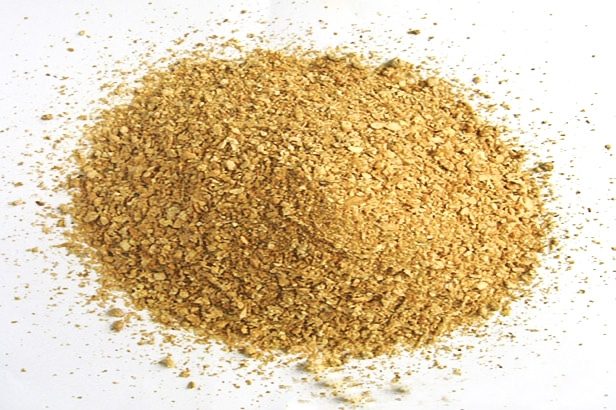There’s price-pressure on a key part of farmed salmon diets
It’s bone dry in Argentina, where 47 percent of world soybean meal comes from. A planned second harvest were planted with little water stores after a good wheat harvest used up reserves in some area, according to The Progressive Farmer, the worst they’ve been for nine years.
With soy in just about everything we eat, the drought is also influencing the total price of soybean meal, the most important ingredient in feed pellets eaten by farmed salmon. According to the Financial Times, Argentina’s worst drought in 30 years has soy meal prices at their highest level in 20 months.

Soya futures
The price of soybeans themselves have also shot up and are at 12-month highs. Argentine analysts expect exports to fall to 46.5 million tonnes of soybean meal from 52 million t in the year-ago period.
However, in its Monday report, The Buenos Aires Grain Exchange cut its estimate of Argentina soybean production this year to 44 million t. The report put crops affected by drought at 52 percent, although nearly 60 percent of crop acreage is under threat and no rainfall is forecast.
Protein price
“If the estimate on seedlings continues to drop, then it doesn’t look good. We can see a repeat of 2009,” independent economist, Ivan Ordonez, reportedly told Bloomberg Markets.
Price increases for the protein-rich raw material are normally transferred to the price of fish meal, a former salmon-industry analyst said. Fish feed constitutes about a half of the production costs in farmed salmon.


